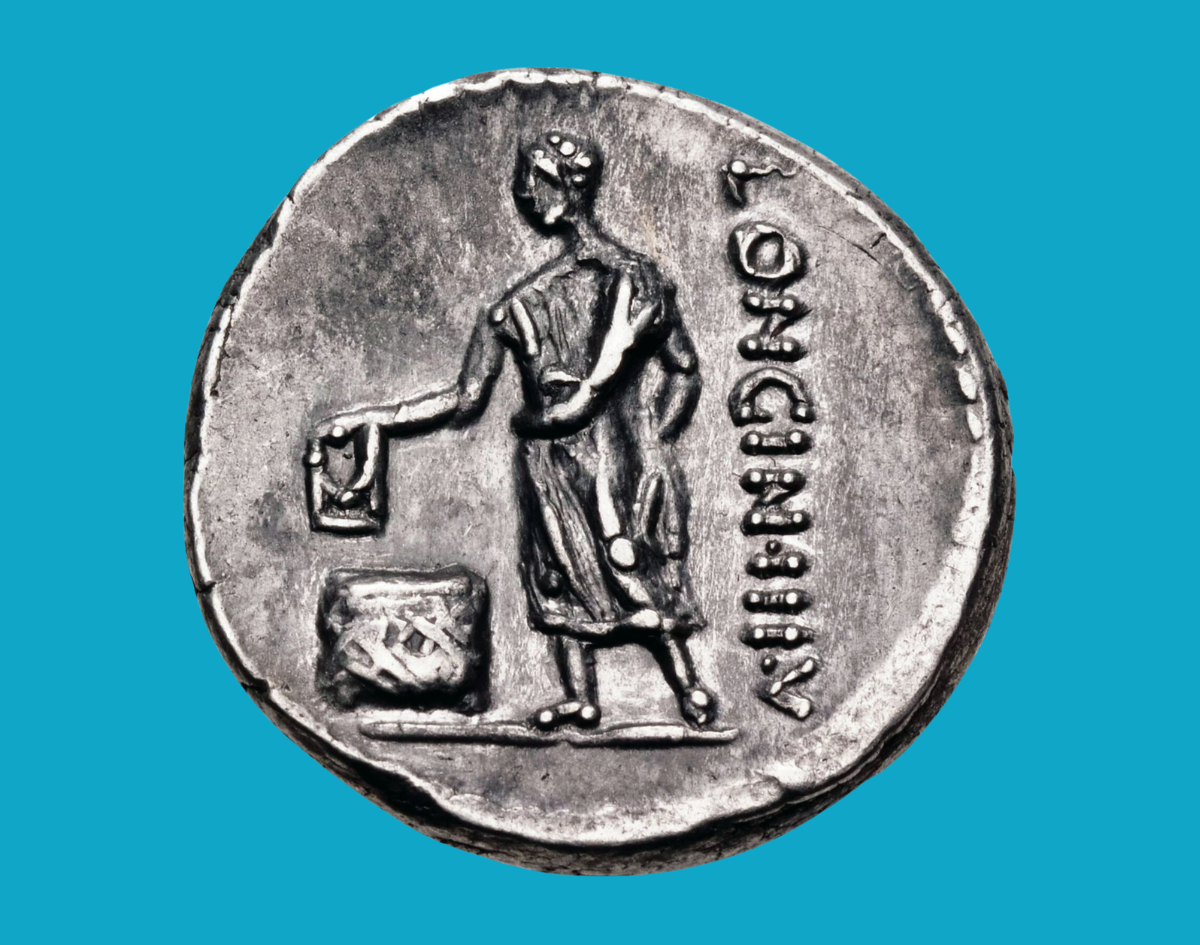How to Win an Election in Ancient Rome
Ancient Roman election advice suggested some uncomfortable campaign strategies. Evidence from Pompeii suggests many candidates followed it enthusiastically.

In the late 70s AD Marcus Cerrinius Vatia ran for the lower magisterial office of aedile in the ancient city of Pompeii. More than 80 inscriptions, painted on the walls of the city’s buildings, record his campaign. While many are serious requests for his election, others seem to be either a joke, or an attack on his character:
All the late drinkers ask you to elect Marcus Cerrinius Vatia aedile. Florus and Fructus wrote this.
Regardless of intent, the somewhat spurious endorsements of late drinkers, late sleepers and even the petty thieves for Cerrinius Vatia are part and parcel of what was expected of a Roman campaign for political office. Pompeii’s walls are adorned with red letters, the painted inscriptions that serve as ancient advertisements, including those used by politicians. Referred to as electoral programmata, these campaign posters were painted largely by professional sign painters (scriptores), recording the men who stood for office and their supporters (rogatores).







